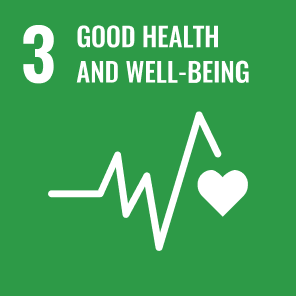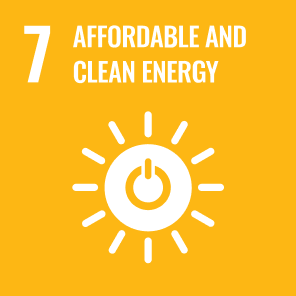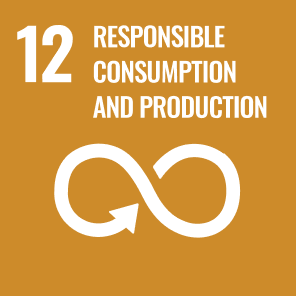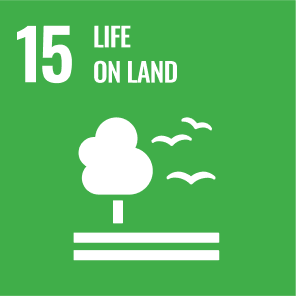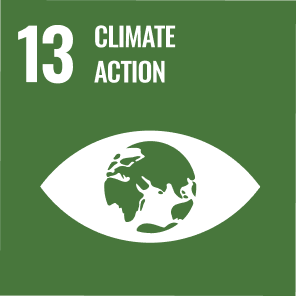Project
Scalable solutions optimisation and decision tool creation for low impact SAF production chain from lipid-rich microalgae strain is a Horizon Europe Research and Innovation Action project that will contribute to support third generation biofuels growth.
The concept
The process originates with microalgae cultivation in photobioreactors (PBRs) covered with semi-transparent photovoltaic (STPV) shell and develops along two possible pathways (HEFA, hydrotreated esters and fatty acids and HTL, hydro-thermal liquefaction), valorising by-products and power streams and finally producing aviation and shipping fuels that comply with American Society for Testing and Materials (ASTM) standards.
Based on economic, social and environmental indicators, COCPIT decision tool will analyse different prospective scenarios and it will be available to end-users on a comprehensive marketplace, together with a full range of algae fuel technological solutions.
Project
Scalable solutions optimisation and decision tool creation for low impact SAF production chain from lipid-rich microalgae strain is a Horizon Europe Research and Innovation Action project that will contribute to support third generation biofuels growth.
The concept
The process originates with microalgae cultivation in photobioreactors (PBRs) covered with semi-transparent photovoltaic (STPV) shell and develops along two possible pathways (HEFA, hydrotreated esters and fatty acids and HTL, hydro-thermal liquefaction), valorising by-products and power streams and finally producing aviation and shipping fuels that comply with American Society for Testing and Materials (ASTM) standards.
Based on economic, social and environmental indicators, COCPIT decision tool will analyse different prospective scenarios and it will be available to end-users on a comprehensive marketplace, together with a full range of algae fuel technological solutions.
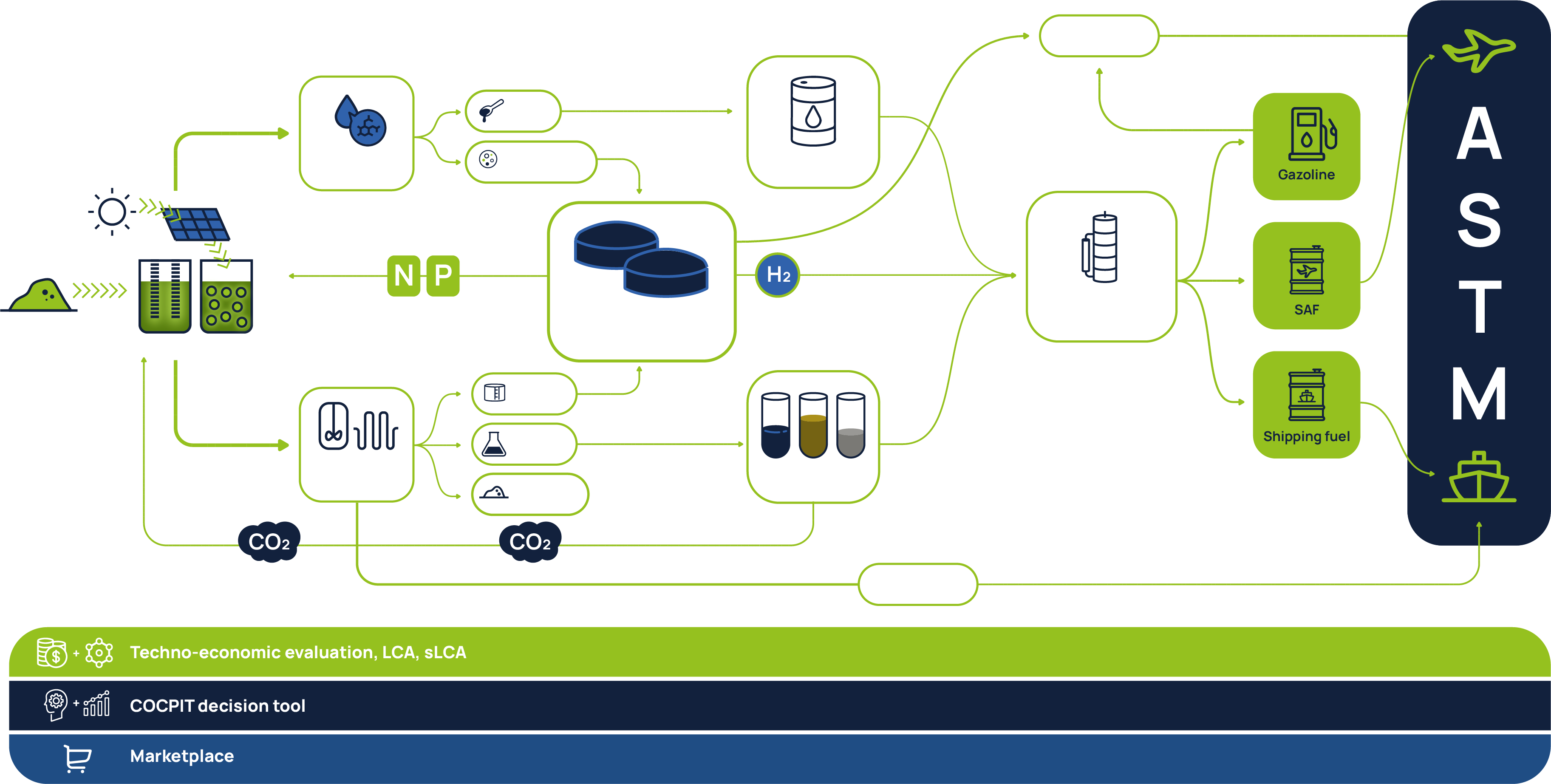
COCPIT approach based on three pillars

COCPIT approach based on three pillars
01
Innovative solutions throughout the production process
- Increase microalgae feedstock for sustainable fuels production by coupling algae cultivation in photobioreactor with semi-transparent photovoltaic (STPV) shell.
- Design of a novel hydro-thermal liquefaction (HTL) reactor fully tailored for sustainable aviation fuel (SAF) production.
- Maximum drop-in SAF production thanks to catalytic hydrotreatment able to reduce nitrogen content.
- Ionic Liquid (IL)-based separation method to enhance lipid extraction from microalgae.
- Aromatics production to improve SAF properties, delivering fuels that can be blended at high rates.
- Ionic Liquid (IL)-based catalysts to deliver a cost-effective hydrotreated esters and fatty acids (HEFA) process.
- Optimise SAF production from hydro-thermal liquefaction (HTL) followed by upgrading to ensure high quality, low costs and low environmental footprint.
02
Sustainability of the process through circularity
- Enhance value chain recirculating CO₂ and nutrients and by recovering H₂ from the organic by-products of hydrotreated esters and fatty acids (HEFA) and hydrothermal liquefaction (HTL) pathways.
- Use of dark fermentation to valorise byproducts producing hydrogen for fuel refining purpose, aromatics as fuel boosters and recirculating nitrogen and phosphorus to the photobioreactor.
03
De-risking technology through COCPIT decision tool implementation
- Exploit process design simulation to estimate mass and energy inventories and process equipment sizing for alternative conversion routes to develop integrated sustainability and profitability risk assessments.
- Deliver a decision tool based on knowledge and expertise developed in process design, techno-economic assessment (TEA), life-cycle assessment (LCA) and social life-cycle assessment (s-LCA) and profitability risk assessment to facilitate the selection of the most relevant conversion pathway for sustainable fuels production
COCPIT medium-long term impacts:
COCPIT medium-long term impacts:
Availability of
disruptive renewable
energy and fuel
technologies
To accelerate fossil-based
energy technologies replacement
energy technologies replacement
Costs and
efficiency
optimization of
renewable energies
efficiency
optimization of
renewable energies
COCPIT decision tool reduces
time, effort and cost needed
time, effort and cost needed
De-risking investments
in renewable fuel
technologies
in renewable fuel
technologies
To facilitate commercialization
and a net-zero emissions by 2050
and a net-zero emissions by 2050
Better assimilation
of renewable
fuel-based
solutions
of renewable
fuel-based
solutions
Total EU potential of microalgae can lead
to cover between 21% to 36% of EU SAF needs.
to cover between 21% to 36% of EU SAF needs.
Availability of
disruptive renewable
energy and fuel
technologies
To accelerate fossil-based
energy technologies replacement
energy technologies replacement
Costs and
efficiency
optimization of
renewable energies
efficiency
optimization of
renewable energies
COCPIT decision tool reduces
time, effort and cost needed
time, effort and cost needed
De-risking investments
in renewable fuel
technologies
in renewable fuel
technologies
To facilitate commercialization
and a net-zero emissions by 2050
and a net-zero emissions by 2050
Better assimilation
of renewable
fuel-based
solutions
of renewable
fuel-based
solutions
Total EU potential of microalgae can lead
to cover between 21% to 36% of EU SAF needs.
to cover between 21% to 36% of EU SAF needs.
